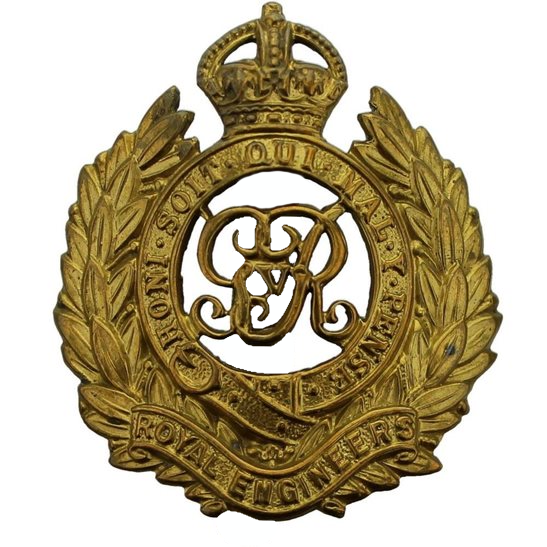Personal Details
Born: 26 February 1875 in Whitchurch, Shropshire.
Family: The youngest child of James and Jane Pilsbury of 4 Edwards Ct, Chester, Cheshire. Charles married Mary Jane McDowell on the 12 May 1895 and together they had 3 children – Lillian, James Frederick and William.
Civilian Occupation: Charles was a blacksmith by trade. In 1939 his occupation was recorded as metal window fitter.
Residence: In 1901, he lived at Shuttleworth Cottage, Commonhall Street, Chester, Cheshire. The 1939 Register records the family living at 44 Trafford Street, Chester, Cheshire.
Died: In March 1949 aged 73.
Military Details
Regiment: Royal Engineers (previously 2744 Cheshire Regiment, 15025, 55976, 203428 Royal Welsh Fusiliers, and 309643 Royal Engineers)
Rank: Private
Service Number: WR/10616
Date of Enlistment: 12 November 1914
Date of Discharge: 8 May 1919
Reason for Discharge: Demobilisation
Other Information: In 1901 Charles joined the Imperial Yeomanry and served in South Africa for a year.
Charles was awarded the Campaign Medals (British War Medal, and Victory Medal).

The British War Medal (also known as 'Squeak') was a silver or bronze medal awarded to officers and men of the British and Imperial Forces who either entered a theatre of war or entered service overseas between 5th August 1914 and 11th November 1918 inclusive. This was later extended to services in Russia, Siberia and some other areas in 1919 and 1920. Approximately 6.5 million British War Medals were issued. Approximately 6.4 million of these were the silver versions of this medal. Around 110,000 of a bronze version were issued mainly to Chinese, Maltese and Indian Labour Corps. The front (obv or obverse) of the medal depicts the head of George V. The recipient's service number, rank, name and unit was impressed on the rim.
The Allied Victory Medal (also known as 'Wilfred') was issued by each of the allies. It was decided that each of the allies should each issue their own bronze victory medal with a similar design, similar equivalent wording and identical ribbon. The British medal was designed by W. McMillan. The front depicts a winged classical figure representing victory. Approximately 5.7 million victory medals were issued. Interestingly, eligibility for this medal was more restrictive and not everyone who received the British War Medal ('Squeak') also received the Victory Medal ('Wilfred'). However, in general, all recipients of 'Wilfred' also received 'Squeak' and all recipients of The 1914 Star or The 1914/1915 Star (also known as 'Pip') also received both 'Squeak' and 'Wilfred'. The recipient's service number, rank, name and unit was impressed on the rim.

The Silver War Badge was issued in the United Kingdom and the British Empire to service personnel who had been honourably discharged due to wounds or sickness from military service in World War I. The badge, sometimes known as the "Discharge Badge", the "Wound Badge" or "Services Rendered Badge", was first issued in September 1916, along with an official certificate of entitlement.

